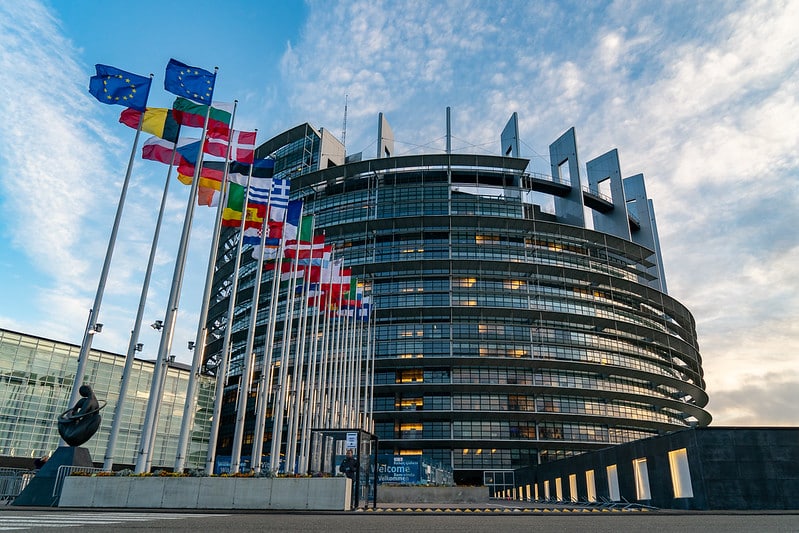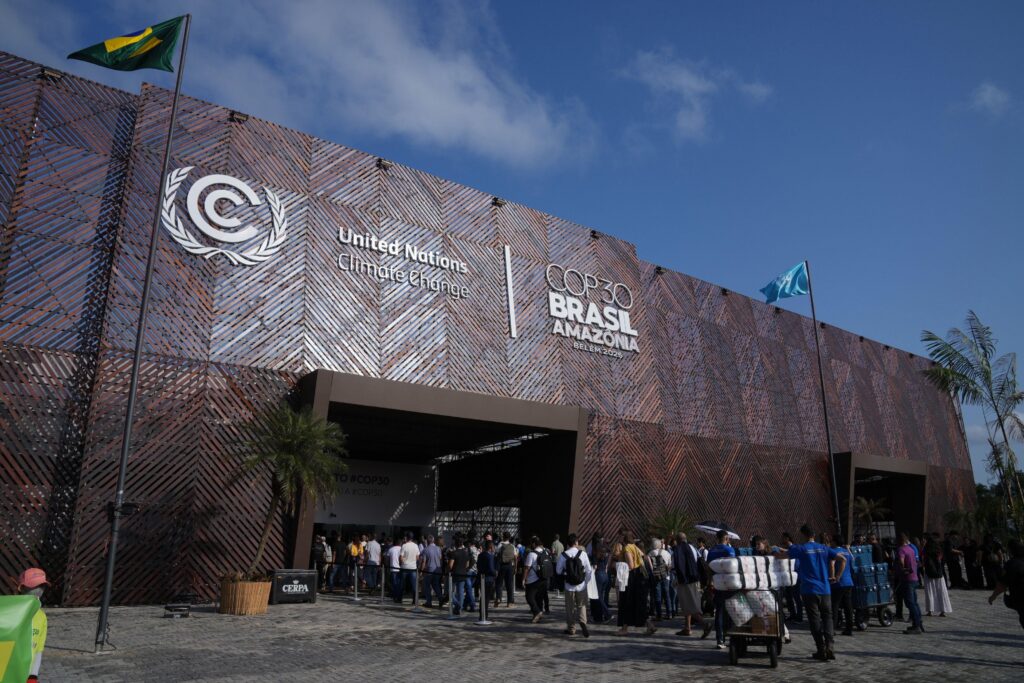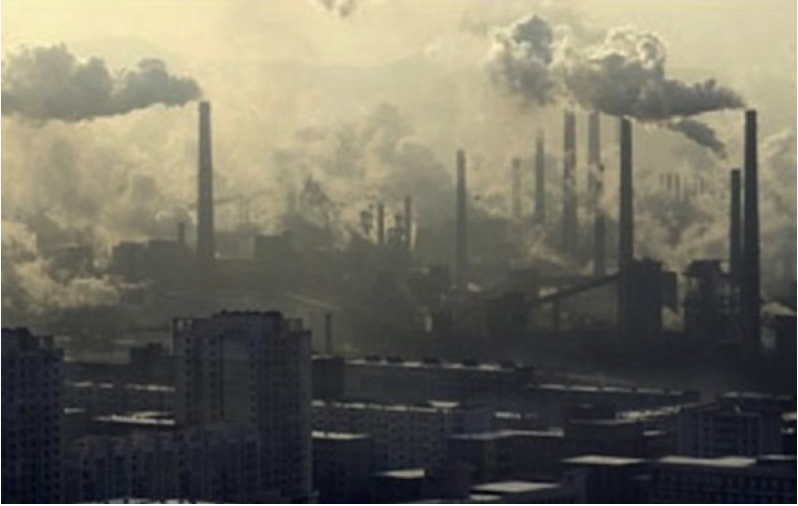“I anticipate global temperature conditions will change as they have in the past. I expect to live to see the start of a global cooling pattern and the discrediting of most of the anthropogenic warming arguments. The world has more serious problems to worry about.” – William Gray, US hurricane forecaster
Gray and Muddy Thinking about Global Warming
From: www.realclimate.org
http://www.realclimate.org/index.php/archives/2006/04/gray-on-agw/
Anybody who has followed press reporting on global warming, and particularly on its effects on hurricanes, has surely encountered various contrarian pronouncements by William Gray, of Colorado State University. A meeting paper [attached] that Gray provided in advance of the 2006 27th Conference on Hurricanes and Tropical Meteorology (taking place this week in Monterey California, and coverered here by CNN), provides an illuminating window into Gray’s thinking on the subject.
Our discussion is not a point-by-point rebuttal of Gray’s claims; there is far more wrong with the paper than we have the patience to detail. Gray will have plenty of opportunities to hear more about the work’s shortcomings if it is ever subjected to the rigors of peer review. Here we will only highlight a few key points which illustrate the fundamental misconceptions on the physics of climate that underlie most of Gray’s pronouncements on climate change and its causes.
Gray’s paper begins with a quote from Senator Inhofe calling global warming a hoax perpetrated on the American people, and ends with a quote by a representive of the Society of Petroleum Geologists stating that Crichton’s State of Fear has “the absolute ring of truth.” It is the gaping flaws in the scientific argument sandwiched between these two statements that are our major concern.
Claim: The Thermohaline Circulation causes Global Warming, Hurricane Cycles, etc
For years, perhaps decades, Gray has been ascribing all sorts of climate changes and hurricane cycles to fluctuations in the Thermohaline Circulation (THC), an overturning circulation in the Atlantic ocean associated with formation of deep water in the North Atlantic. None of the assertions are based on rigorous statistical associations, oceanographic observations or physically based simulations; it is all seat-of -the-pants stuff of a sort that was common in the early days of climate studies, but which is difficult to evaluate when viewed as a scientific hypothesis.
The THC is undoubtedly important to climate,because it transports heat from one place to another. However it cannot do magical things. It cannot create energy out of thin air (or thick water), nor can it make energy mysteriously disappear. Thus, Gray’s statement that “The average THC circulation cools the ocean by about 3 W/m2” is a scientific absurdity. In the paper Gray makes many extravagant claims about how supposed changes in the THC accounted for various 20th century climate changes (“I judge our present global ocean circulation conditions to be similar to that of the period of the early 1940s when the globe had shown great warming since 1910, and there was concern as to whether this 1910-1940 global warming would continue. But beginning about 15 years following the onset of a strong THC circulation in 1926, in the early 1940s, the warming began to abate. A weak global cooling began from the mid-1940s to the mid-1970s.”) but the reader would never guess that he in fact has no direct oceanographic evidence that the THC was doing anything of the sort. These are all subjective estimates based on Gray’s conception of the relation of Atlantic temperatures to the THC state.
In fact, it is exceedingly difficult to directly monitor the THC, and reliable results have only recently been obtained. We have reported recently on the “Decrease in Atlantic Circulation”. For years prior to the publication of evidence that the THC was slowing down, Gray was testifying in Congress and writing widely that hurricane increases were due to Atlantic warming arising from a speed-up of the THC (see our article for some typical quotes).
Confronted with evidence that the THC was in fact behaving in the opposite way to what he had been assuming, Gray did a flip-flop and came up with a new story that yields the same conclusions. There’s no shame in a scientist changing his or her mind, or in seeking new theories in the face of new observations.
However, if Gray’s old theory was really testable, where were the tests to show that it was wrong in the years he was touting it? How is one to put any confidence in the new theory? The fact is that neither of Gray’s story lines about the THC is sufficiently well formulated to allow any clear-cut test. Nonetheless, insofar as it can be understood at all, some aspects of Gray’s new story line about the THC are demonstrably wrong.
The heart of the problem with Gray’s new version of the THC story is that he labors under the misconception that the THC primarily upwells in the tropics, so that any reduction in the THC cools the North Atlantic but warms the tropics.
This conception is at least 50 years out of date. The tropical upwelling is a shallow wind-driven cell that does not connect to the THC. It is almost impossible for cold deep water to upwell in the tropics, because it takes too much energy to bring it up; the main THC connection is with the Southern Ocean, as described by Marotzke and references therein (for more general background, see also (www.wikipedia.org/wiki/Thermohaline_circulation).
There are only a few very limited regions where moderately deep water can upwell in the Tropics. Simulations by Vellinga and Wood (Climatic Change, 2002) in fact show that a THC shutdown causes a cooling right into the Northern Subtropical Atlantic (the birthplace of hurricanes), and in fact only very weak warming in a few spots elsewhere in the tropics. On a longer time scale, the classic study of Manabe and Stouffer (Paleoceanography 1997) shows virtually no impact of THC shutdown in the tropics, but a considerable remote impact in the Southern Ocean.
No doubt, Gray would object that these are only models, but why should we believe that Gray’s drawing of circles and arrows on a map yields a better prediction than a simulation embodying the best of what we know about the underlying physics?
Note that Gray does not merely claim that THC changes are responsible for the observed hurricane cycles. He in fact claims that the entire 20th century warming signal is due to a slowdown of the THC, and that CO2 has nothing to do with it. He claims flatly and without supporting evidence that models cannot simulate the THC properly, neglecting the fact that the models employed in the IPCC reports yield a rather wide variety of different possible THC behaviors, and none of them, including ones known to have a sensitive THC, spontaneously generate a warming of the sort Gray claims. Insofar as we can follow Gray’s reasoning, he appears to think of the THC as burying heat in the deep ocean, as if the heat were some kind of solid nuclear waste. Thus, weak THC = less heat removal = warming, in Gray’s world view. In reality, everything known about the physics of the THC‘s effect on climate suggests the opposite. For example, Vellinga and Wood find that, owing to certain nonlinearities like sea ice formation, a shutdown of the THC leads to a reduction in the Northern Hemisphere mean temperature, and very little multidecadal scale effect on the Southern Hemisphere mean temperature. The other reasons Gray thinks that the THC could cause global warming are tied up with a number of additional misconceptions he has about the physics of climate.
Claim: Evaporation changes cause global warming, hurricane cycles, etc.
Gray’s grand answer to the riddle of global warming is evaporation, presumably modulated by changes in the THC. Again, Gray simply doesn’t seem to understand energy conservation. Evaporation does not create heat; it does not add any heat to the climate system or take it away. It is an energy transfer that moves heat from a moist surface (like the ocean’s) into the atmosphere. That severely constrains what evaporation changes can do to climate. In contrast, changes in CO2 concentration affect the top of atmosphere radiation budget directly, and change the rate at which the whole climate system loses energy.
Let’s start with an atmosphere that is in equilibrium, both at the surface and top-of-atmosphere. Now reduce the evaporation (you could do it by reducing the surface wind). The surface is now receiving more energy than it loses, so it will begin to warm. However, the atmosphere is no longer receiving all the energy it used to obtain from the surface as evaporative heat transfer; hence the atmosphere will begin to cool. This adjustment will continue until balance is restored. The precise way the adjustment is divvied up between atmospheric cooling and surface warming depends on details like the net atmospheric infrared opacity, boundary layer relative humidity,and so forth. However that all shakes out, the net result is nothing at all like the observed pattern of warming, in which both troposphere and surface warm up. This reasoning can be confirmed in the simplest radiative-convective model, of the sort introduced by Manabe and Strickler in the 1960’s.
A more serious problem is that Gray doesn’t even understand that the greenhouse effect works primarily through the effect of greenhouse gases on the top of atmosphere radiation budget, and only very indirectly through the surface budget (as explained in A busy week for water vapor). This compromises almost all of his analysis. For example, many of the supposed changes in surface budget he describes could in fact be due indirectly to changes in greenhouse gases, via their affect on low level atmospheric temperature. By balancing a 4 W/m2 (top of atmosphere) CO2 radiative forcing against changes in evaporation, Gray concludes that the warming from doubling CO2 would be a mere two tenths of a degree C.. He ascribes the weak warming to the lack of water vapor feedback in his calculation, but in fact it is simply due to an incorrect calculation of the energy balance. Standard radiative physics based on a correct treatment of the top-of-atmosphere balance– physics going back at least to Arrhenius– yields a surface warming of about 1C in response to a doubling of CO2, when water vapor feedback is neglected. Gray has committed the major blunder of applying that 4 W/m2 top of atmosphere forcing at the surface. In reality, when that radiative forcing is properly applied at the top of the atmosphere, it leads to a warming of the entire atmospheric column which, at the surface, yields a far larger perturbation in the surface energy budget, as we have explained in the above-referenced article.
By the way, Gray discounts water vapor feedback, based on what seems to be a gut feeling on weather systems, plus some unspecified analysis of the NCEP reanalysis dataset (which is completely unsuitable for studying trends in mid tropospheric water vapor); more reliable satellite based studies (e.g. Soden’s study described in A busy week for water vapor ) support a positive water vapor feedback, and even Lindzen seems to be no longer arguing against this feedback.
Claim: Ocean heat storage is inconsistent with CO2 as a cause of warming Gray also made a mess of an attempt to analyze the mid-twentieth century ocean heat storage. “… the globe underwent a weak cooling between 1950 and 1975 during which CO2 amounts were rising and causing a continuous mean energy gain over this 25 year period of about 0.4 W/m2. If all of this energy went into an accumulation of temperature in the upper 100 m of the global oceans, we would see an upper mean 100 m global ocean temperature increase of 1.1oC. ” We are not sure where Gray gets the 0.4 W/m2 radiative forcing figure; the total radiative forcing increase from pre-industrial times to 1975 would be more like .95 W/m2 and it is not a trivial matter to figure out how much to subtract from that to account for the part compensated by ocean warming before 1950; the CO2 radiative forcing increase between 1950 to 1975, on the other hand, would be only .45 W/m2 and the mean new forcing over the period would be about half that. Be that as it may, Gray has not even done the arithmetic right, since .4 W/m2 going into a 100m mixed layer having specific heat of 4200 J/kg and density of about 1000 kg/m3 would only yield a warming of .75C . That’s far from the worst flaw in his calculation, since his two biggest blunders are the neglect of the radiative cooling due to sulfate aerosols (known to be a critical factor in the period in question) and his neglect of the many links in the chain of physical effects needed to translate a top of atmosphere radiative imbalance to a change in net surface energy flux imbalance. In fact, the calculation has been done very carefully by Hansen and co-workers, taking all factors into consideration, and when compared with observations of ocean heat storage over a period long enough for the observed changes to be reliably assessed, models and observations agree extremely well (see this article and this article.).
Concluding remarks
The Wall Street Journal has insinuated that there is some ageism involved in the reaction to Gray’s work (“Hurricane debate shatters civility of weather science,” by Valerie Bauerlein, Feb.2, 2006). The problem is not Gray’s age – we all revered Henry Stommel who did some of his finest work in his seventies. The problem is Gray’s failure to adapt to a modern era of meteorology, which demands hypotheses soundly grounded in quantitative and consistent physical formulations, not seat-of-the-pants flying. The WSJ also made much of the withdrawal of an invitation for Gray to join a debate on hurricane trends at an Atlanta tropical meteorology conference. We can’t speak for the organizers, but we find it easy to believe that their decision was guided more by the invalidity of Gray’s scientific reasoning than by any political or personal considerations.
Subscribe to our newsletter
Stay up to date with DeSmog news and alerts





